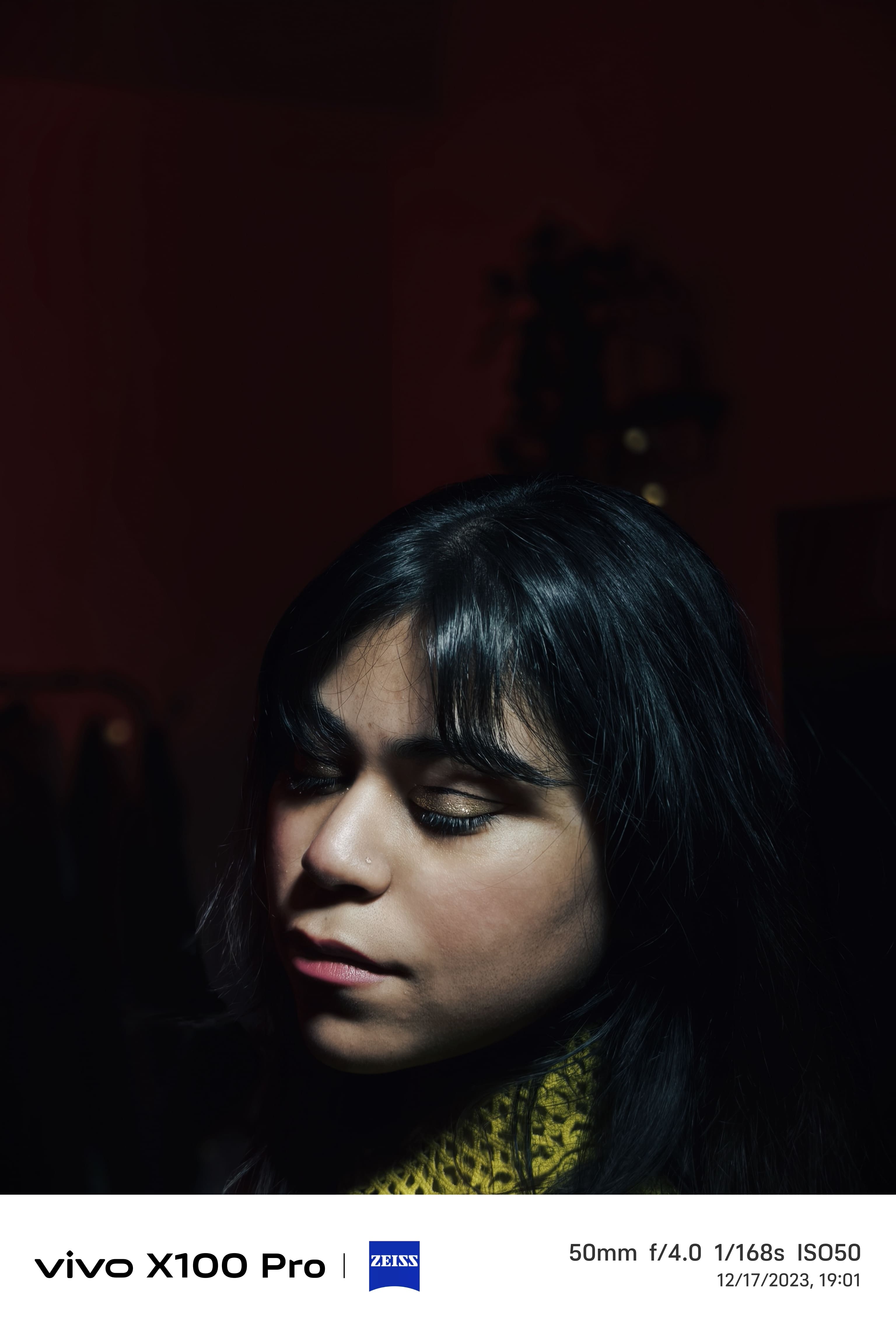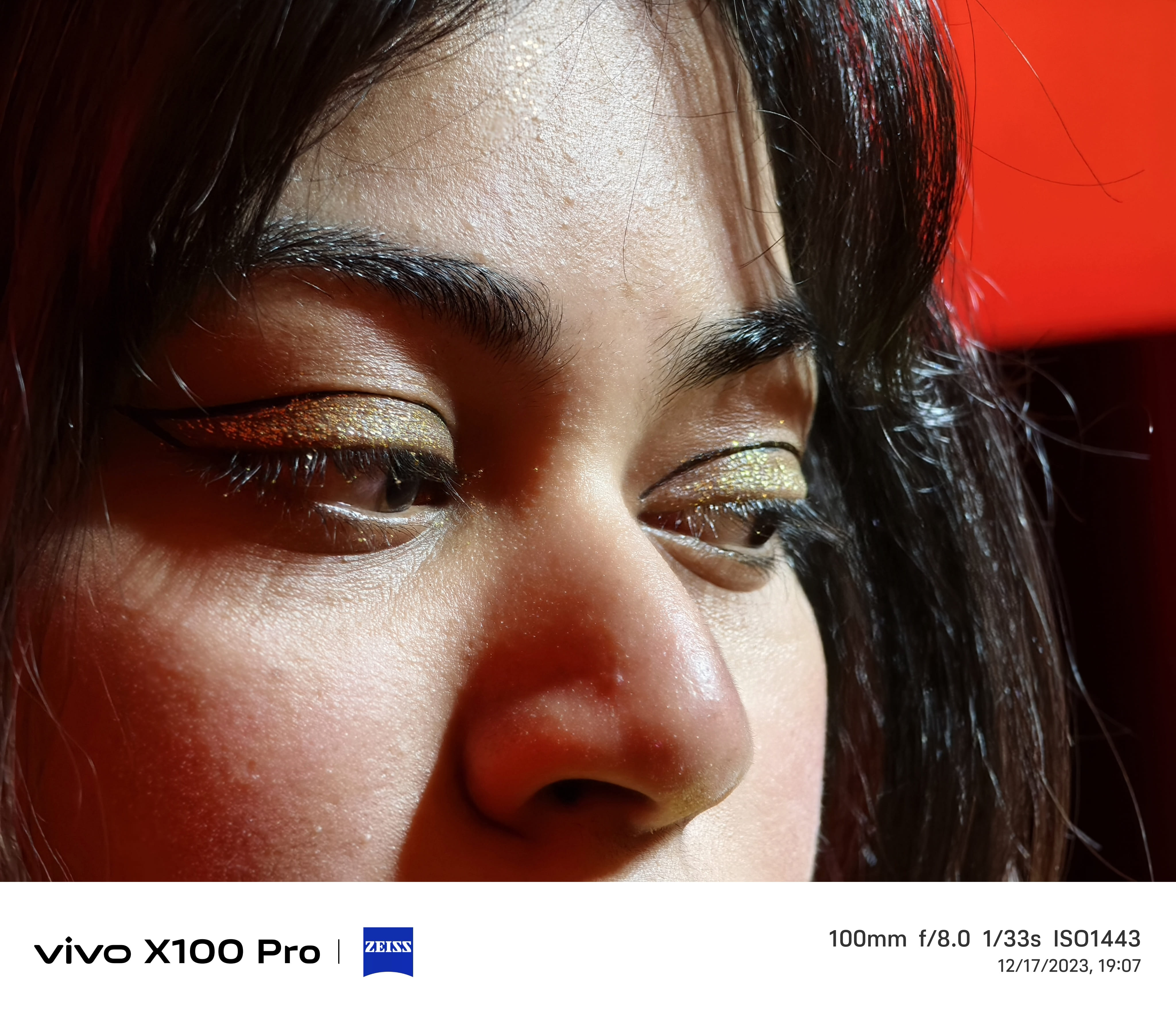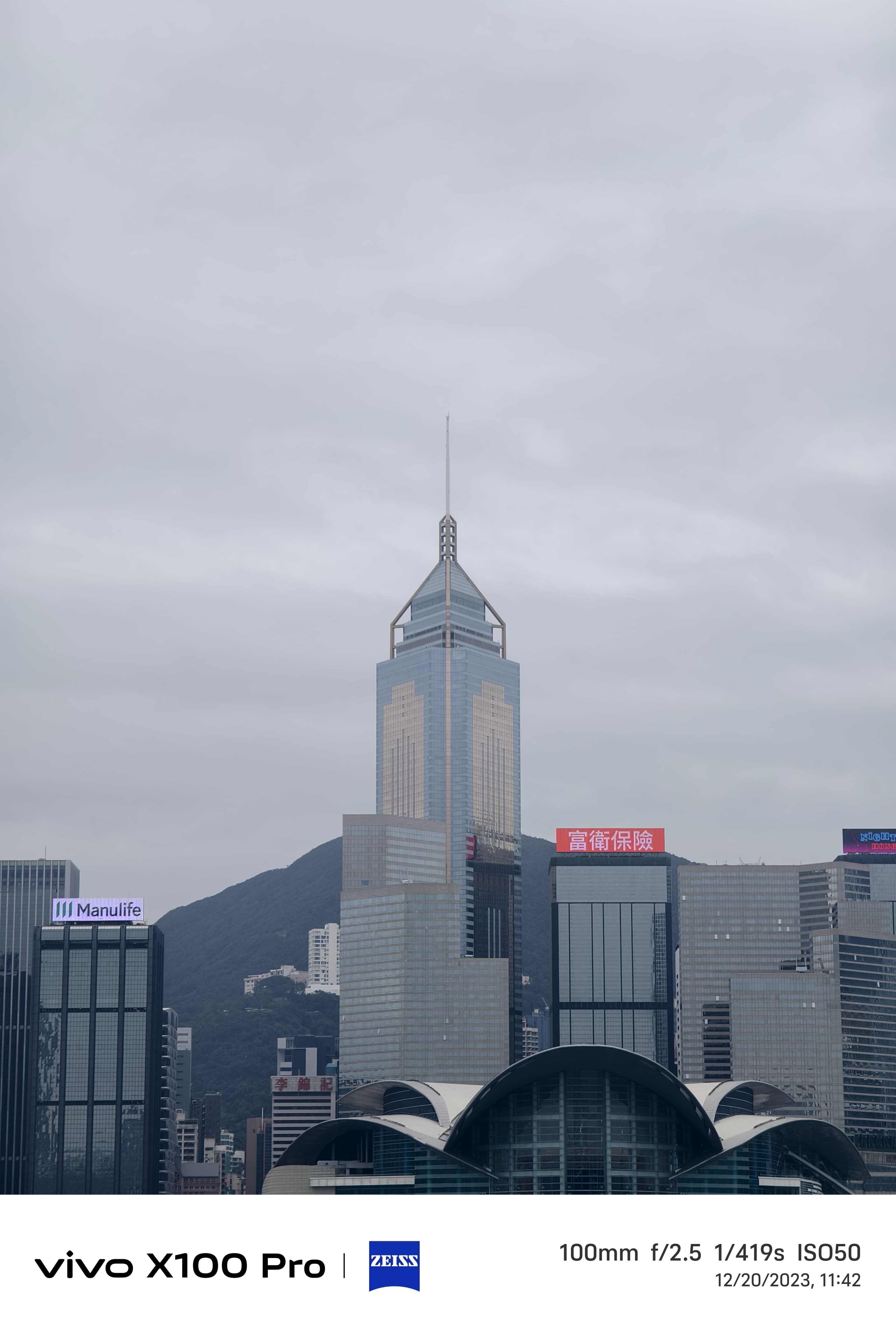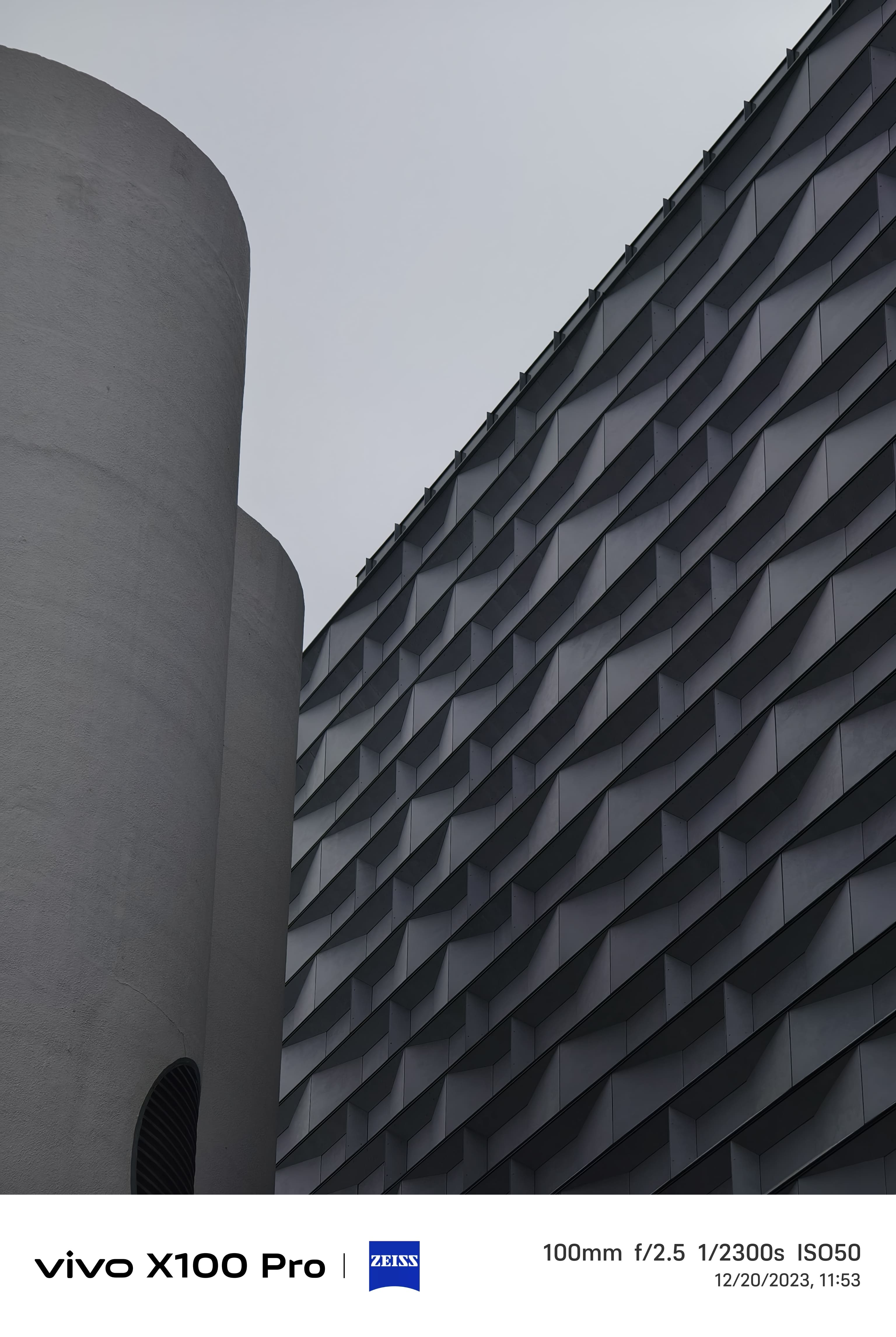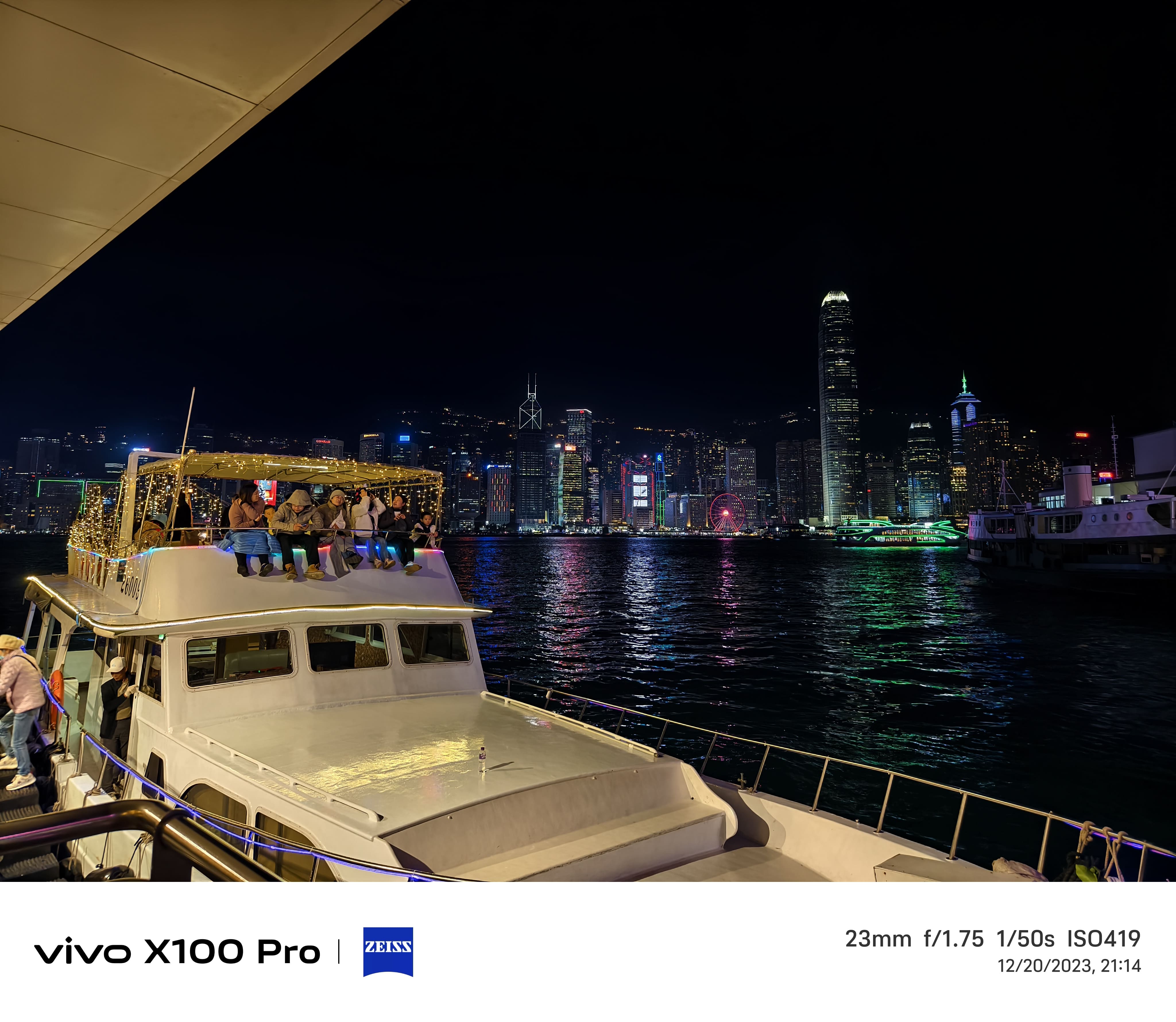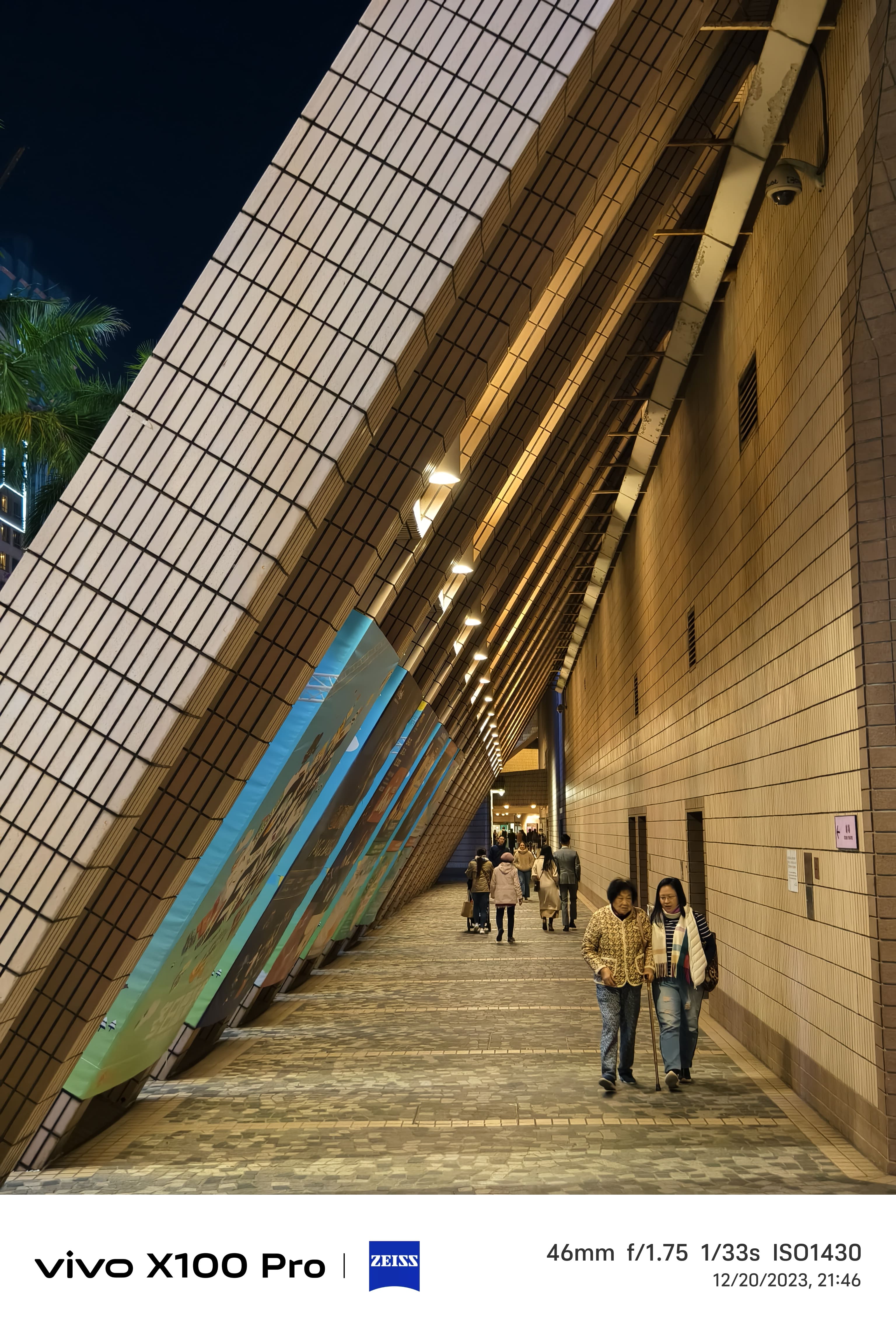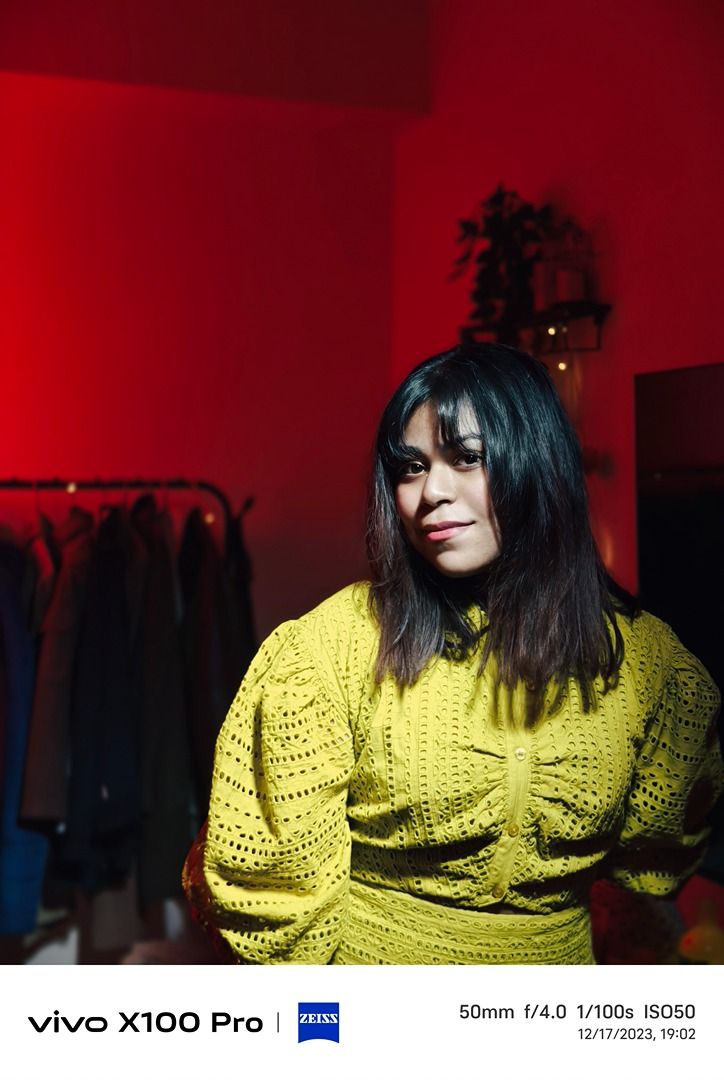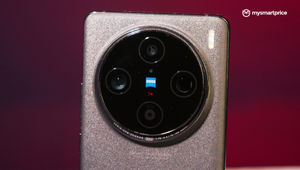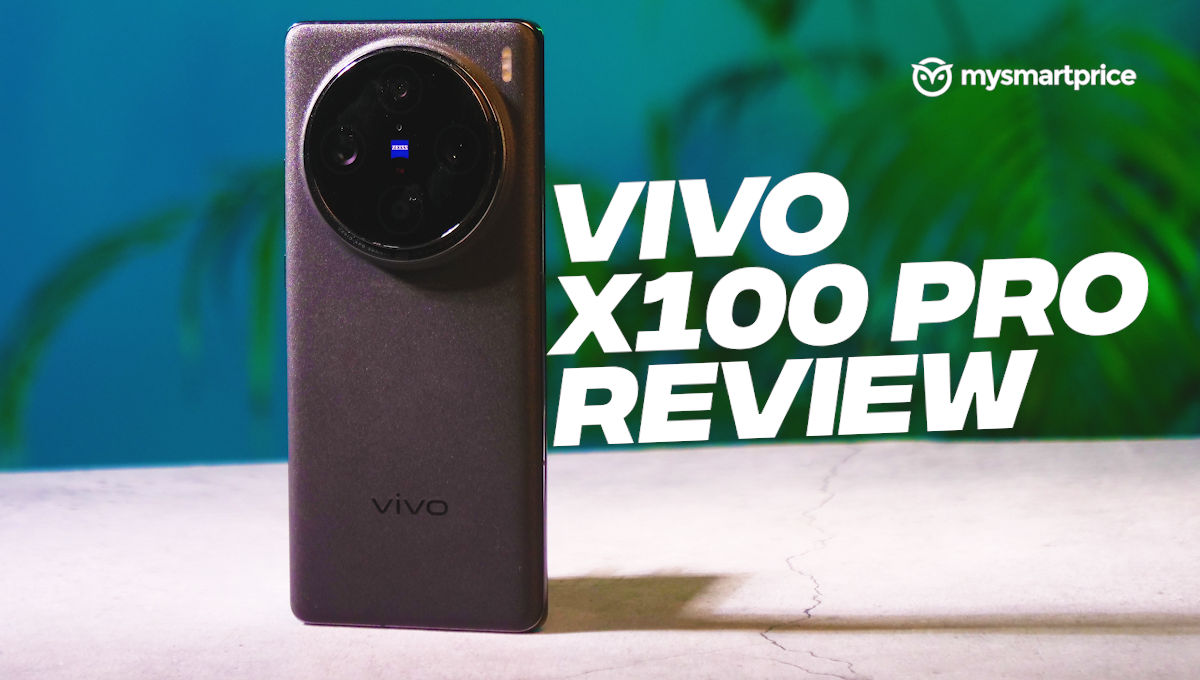
Sometimes, it can be difficult to understand the hunger for perfection. The Vivo X100 Pro is a shining example of it. Its predecessor had a near-perfect camera, with fantastic optical clarity and tons of software trickery to go with it. But, nope… somehow, Vivo found a way to create solutions for problems nobody probably thought about. And that’s fine, if you ask me. Along with the flagship 2024-spec chipset and a higher battery capacity, the X100 Pro features a brand-new camera system that provides you with the tools to combat all possible photographic scenarios.
Vivo X100 Pro
Rs 89,999What Is Good?
- Five focal lengths for high-quality portraits
- Sunshot mode works well
- Tons of LUTs to play around
- Great performance
- IP68-certification (finally)
- Good screen-on time
- Fast charging
- Good display
What Is Bad?
- Notifications need refinement
- Average screen-off time
- Slippery rear panel, faux leather finish was better in X90 Pro
But the question is, with an asking price of Rs 89,999, should you prefer the Vivo X100 Pro over its other rivals, such as the Google Pixel 8 or even the mighty iPhone 15? Short answer – yes. But there’s a lot more to the story, so sit down and read this review.
Vivo X100 Pro: Camera review
Be prepared to catch gazes from people because the X100 Pro’s camera module takes up about a fourth of the phone’s rear panel. It is a conscious choice, I feel, as it immediately brings your attention to the core competence of this phone.
There’s a little bit of a phone stuck on your camera, sir.
| Cameras | Vivo X100 Pro | Vivo X90 Pro |
| Primary camera | 50-megapixel, 23mm, f/1.8 aperture, OIS | 50.3-megapixel, 23mm, f/1.8 aperture, OIS |
| Ultrawide angle camera | 50-megapixel, 15mm, f/2.0 aperture and 119° field-of-view | 12-megapixel, 16mm, f/2.0 aperture and 108° field-of-view |
| Telephoto camera | 50-megapixel, 100mm (4.3x optical zoom), f/2.5 aperture | 50-megapixel, 50mm (2x optical zoom), f/1.6 aperture |
| Selfie camera | 32-megapixel camera, f/2.0 aperture | 32-megapixel camera, f/2.5 aperture |
| Other features | Vivo V3 chip, CIPA 4.5 stabilisation rating, ZEISS optics, ZEISS T* lens coating on all lenses, floating lens mechanism (telephoto) | Vivo V2 chip, ZEISS optics, ZEISS T* lens coating on only primary lens, no floating lens mechanism |
| Video capabilities | 8K, 4K, 1080p, gyro-EIS, Cinematic mode (4K) | 8K, 4K, 1080p, gyro-EIS |
Vivo X100 Pro: Portrait mode review
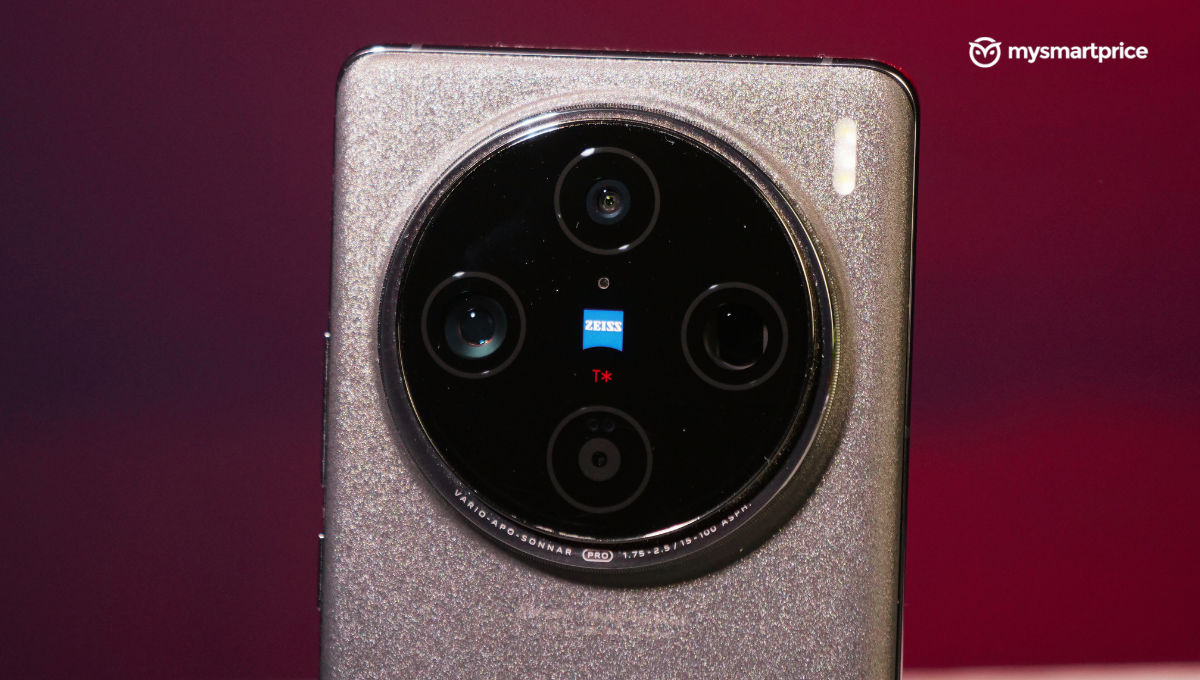 Vivo X100 Pro’s portrait camera system is its biggest attraction. It has a bunch of things going for it, and we tried it extensively during a trip to Hong Kong hosted by Vivo themselves:
Vivo X100 Pro’s portrait camera system is its biggest attraction. It has a bunch of things going for it, and we tried it extensively during a trip to Hong Kong hosted by Vivo themselves:
- There’s a fancy floating lens mechanism in the tele, which means its lens elements can individually move around to reduce aberrations or imperfections such as rainbowing or blurry artifacts.
- The new tele hardware, along with the primary camera’s 1-inch sensor forms a high-quality base for Vivo’s in-house photo algorithms and look-up tables or LUTs to work on. Further, you get a total of five focal lengths to click portraits with (24mm, 35mm, 50mm, 85mm, and 100mm). These have built-in LUTs applied, depending on the focal length. Yeah, I know it’s a lot to take in, but these are surprisingly easy to use within the ‘Portraits’ mode in the camera app.
- I am not going to lie, I initially scoffed and rolled my eyes on the 100mm portrait option when I first saw it. That’s because most people barely ever use the portrait mode in their camera apps, and they find even the 3x telephoto an overkill. 100mm or about 4.3x zoom requires you to step back quite a lot. I also wondered about the noise and grain levels when going in that deep.
- My doubts started to vanish as I started using the portrait mode outdoors. All five focal lengths are optical and because the quality of the optics is top-notch, you get some crisp, clean, and stunning portraits, especially the close-ups.
- Edge detection is gosh-darn good on all cameras, really close to reality.
- Because of the wide aperture and clever scene detection, you can click well-exposed portraits even at night.
The whole point of having so many portrait focal lengths is to ensure you are equipped for every possible scenario – no matter how rare.
Vivo X100 Pro: Other Camera Novelties
I would like to clarify why I am not focusing much on daytime shots here – it’s because they are easy to nail on any modern-day smartphone, and the Vivo X100 Pro does so like a cakewalk. Other scenarios, such as sunsets/sunrises, low-light and artificially-lit shots are the real test for any camera system. So, here’s a quick rundown of what to expect:
- The X100 Pro is being marketed as the ‘sun-shot’ expert, because it allows you to click close-ups of sunsets and sunrises with its telephoto camera with relative ease. With a good mix of computational photography algorithms and hybrid zoom chops, it delivers clean shots in such tricky conditions.
- Thanks to the ZEISS T* coating, you get glare-free (not glare-reduced) images. We tried this scenario side-by-side with an iPhone 15 Pro with its lens wiped clean, and the Vivo X100 Pro won effortlessly.
- It clicks better ultrawide shots than most other flagships I’ve come across, even at night, thanks to the high-resolution sensor, wide aperture and ZEISS lens combo. Noise levels were also well under control.
- In studio lighting, there were times when the X100 Pro tended to overexpose the subject. We tried the same scenario with the X90 Pro and iPhone 15 Pro, and these two were able to meter the scene much better.
- Because the X100 Pro comes with a V3 chip, it gets the ability to shoot cinematic portrait videos in 4k. The edges are a bit jagged sometimes in this, but with simple, dark backgrounds, and a well-light subject you can achieve nice results.
The rest of the camera modes are identical to those in the X90 series. You can take a deeper look into them by checking out our Vivo X90 Pro review.
Vivo X100 Pro: Performance review
We have seen Vivo develop close ties with MediaTek with its flagship X-series over the last three years. The X100 Pro is the first sighting of the top-of-the-line MediaTek Dimensity 9300 SoC. It is still based on a 4nm process, but has nearly twice the power compared to the Dimensity 9200, at least in terms of benchmarks. It is in the same ballpark as the Qualcomm Snapdragon 8 Gen 3 we saw earlier in the iQOO 12, crossing 2 million on AnTuTu v10.
| Hardware | Specifications |
| Processor | Mediatek Dimensity 9300 (4nm) |
| RAM/ROM variants | 16GB RAM, 512GB ROM |
| Geekbench 6 Benchmark Scores | NA |
| AnTuTu v10 Benchmark Scores | 2028609 |
| Software version | Android 14, Funtouch OS 14 |
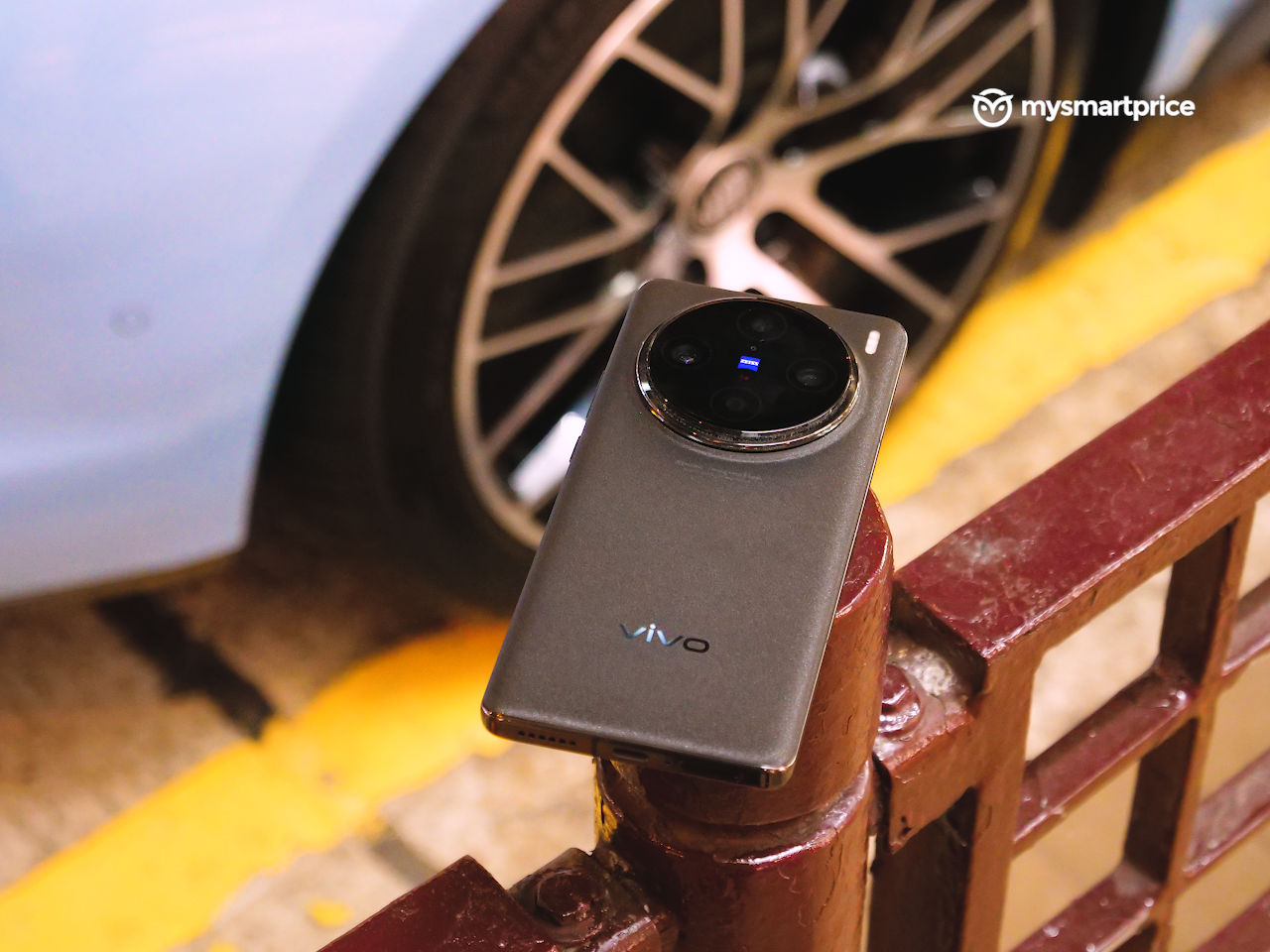
Vivo has kept things simple with its variants, however. There’s only the 16GB/256GB variant on sale this time around.
You can game easily on the Vivo X100 Pro, often on the highest graphics settings. This phone likes to throttle to keep temperatures low. We observed it dipping to almost 80 percent of its peak power output. It is important to keep in mind that this much power is still far better than what the previous-gen chipset was capable of producing.
While I appreciated Vivo’s efforts to make Funtouch OS a friendlier UI by removing bloat in the X90 series, I had higher expectations this time around. Its notification system has to be refined – new pop-ups often don’t stack up properly, and a simple swipe-up gesture doesn’t dismiss them. When you are ponying up north of 90 grand for a smartphone, such tiny imperfections in the software experience tend to nag you.
On the plus side, you get a whole lot of built-in customsability. Heck, there’s even the monochrome icon pack that comes built-in, drawing some obvious cues from Nothing.
Vivo X100 Pro: Display and Audio Review
Without bumping up the resolution, Vivo has kept things fresh in the display department by making it brighter and more power-efficient using 8 transistors in the LTPO backplate. That brightness figure puts it ahead of the Galaxy S23 Ultra and iPhone 15 Pro when it comes to sunlight legibility and viewing dark scenes in HDR content on streaming platforms. Also, the curvature of the edges of the display has been made shallower, but the effect is not all that noticeable when compared to the S23 Ultra.
| Display | Specifications |
| Type | 8T (8 transistor) LTPO AMOLED |
| Size | 6.78-inch |
| Resolution | 1260 x 2800 pixels |
| Refresh rate | 1-120Hz |
| Brightness | 3000 nits (peak) |
Everything else about the display is nearly identical to the X90 Pro – colours are vibrant, touch inputs are registered smoothly and you’d love watching videos, TV shows, and movies for hours.

The speakers seem to have been copied and pasted from the predecessor. Not that these are bad by any means, but these aren’t the loudest in the business. Their quality, however, is top-notch, offering good spatial separation between the two speakers.
Vivo X100 Pro: Battery and Charging
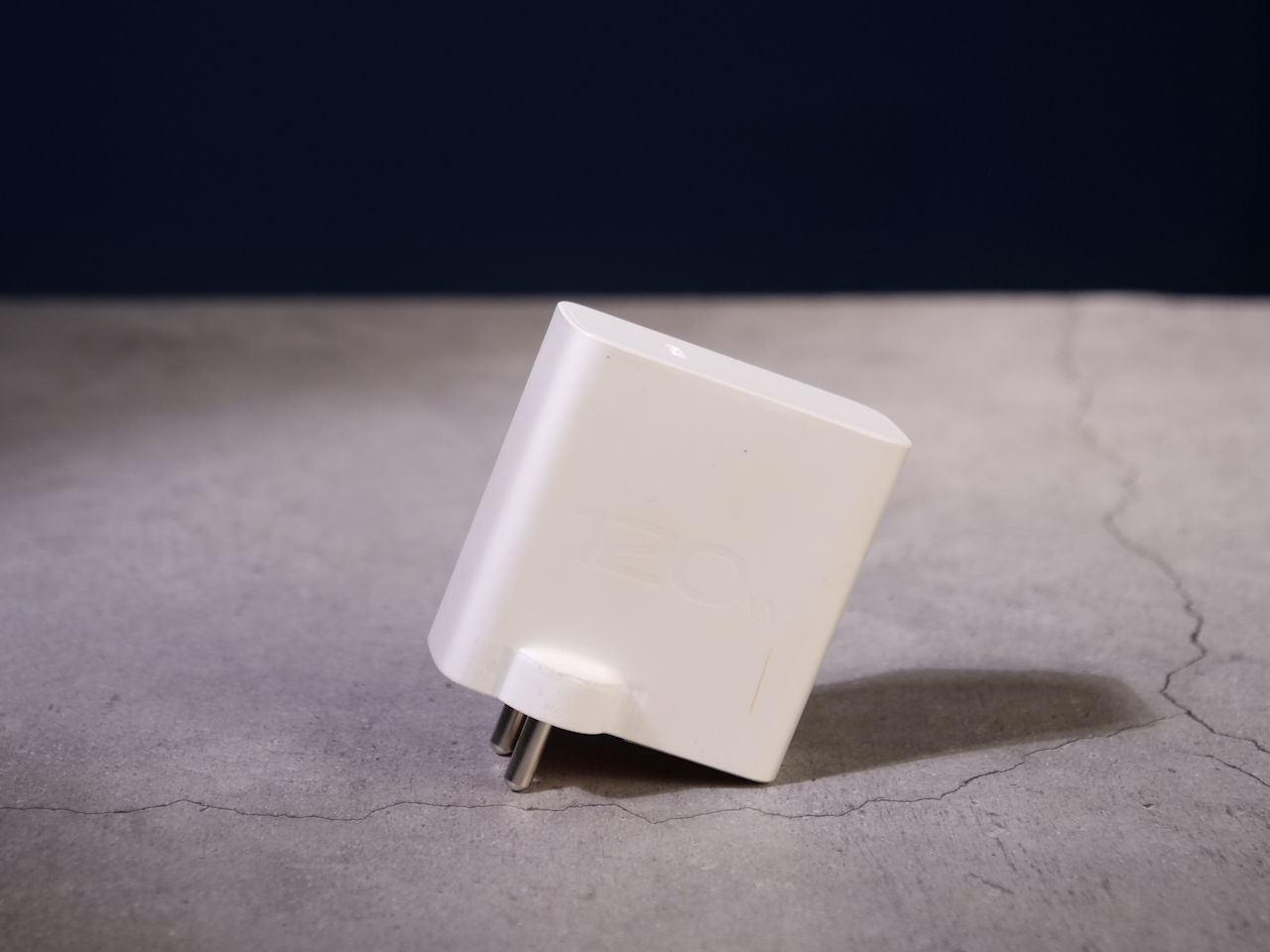 The 5,400mAh battery pack in the Vivo X100 Pro is a huge upgrade over its predecessor, at least on paper. Sadly, the reality is a mixed bag. Sure, the screen on-time has improved dramatically, easily hovering around seven to seven and a half hours. But, on the downside, the standby times were strangely poor, wherein the phone wouldn’t even bother staying alive for a day when left unused. I can not say with certainty that this was isolated to my particular device either.
The 5,400mAh battery pack in the Vivo X100 Pro is a huge upgrade over its predecessor, at least on paper. Sadly, the reality is a mixed bag. Sure, the screen on-time has improved dramatically, easily hovering around seven to seven and a half hours. But, on the downside, the standby times were strangely poor, wherein the phone wouldn’t even bother staying alive for a day when left unused. I can not say with certainty that this was isolated to my particular device either.
Here’s the strange bit though, the charging wattage on the ‘Pro’ variant is lower than that on the vanilla X100 – WHAT?!
Yeah, but honestly, it doesn’t mean much. The difference in charging time is barely two or three minutes, and I can live with that. It charges up entirely from a standstill within 28 minutes, which is one of the fastest times you can get on the market right now.
| Battery | Specifications |
| Capacity | 5,400mAh |
| Charging Time | 28 minutes |
| Charger in the box? | Yes, 100W |
| Other | 50W Qi wireless charging, 5W reverse wireless charging |
Vivo X100 Pro Review: Design and Build Quality
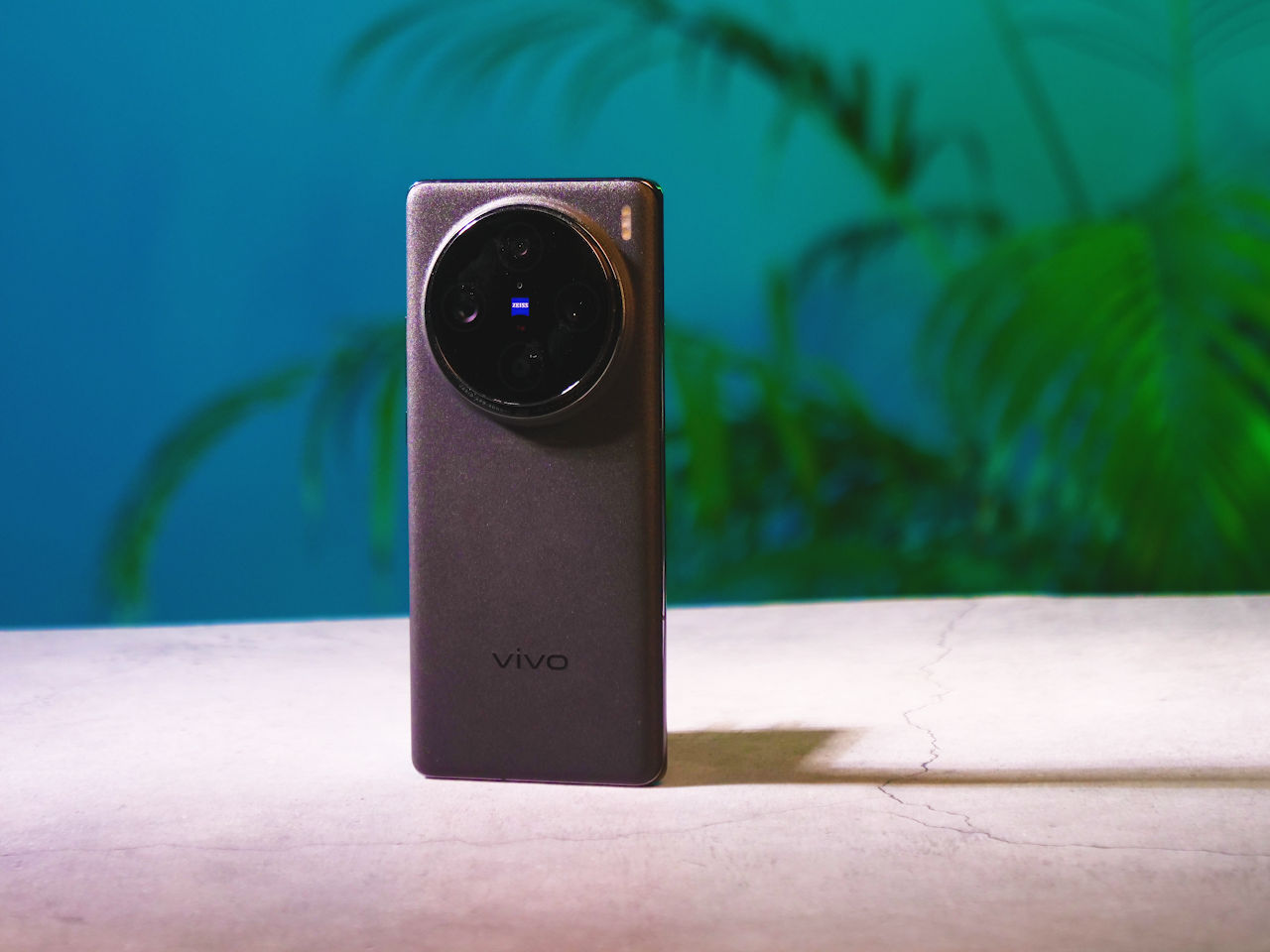 It is difficult to distinguish the Vivo X100 Pro from the X90 Pro just by looking at their silhouettes, but things change entirely when you hold them in your hand and flip them over to reveal their rear cameras.
It is difficult to distinguish the Vivo X100 Pro from the X90 Pro just by looking at their silhouettes, but things change entirely when you hold them in your hand and flip them over to reveal their rear cameras.
Vivo has reverted to their old slippery, matte glass back. It is available in two colours, we received the black variant. We liked the faux leather finish of the X90 Pro – it was grippy, easier to hold, seldom collected scratches and you never had the fear of having to rock a phone with a cracked back. So, I am not entirely a proponent of this particular design choice, but I do understand many people use a case with their phones.
That said, it still looks and feels extremely premium and that large camera module with the ZEISS branding will get you a lot of attention.
Given the large footprint and a chunky, top-heavy rear camera design, it can be “too much phone” for people with small hands, but it is still more compact than a Galaxy S23 Ultra.
Another good thing is that Vivo’s finally explicit about their water and dust resistance – the X100 Pro has IP68 certification for water and dust resistance – we have shower- and steam-tested it, and it works just fine.
| Design | Specifications |
| Dimensions | Height: 164.1mm x 75.3mm x 8.9m |
| Weight | 221 grams |
| IP Rating | IP68 |
| Build Material | Glass front & back, aluminum frame |
| Colour variants | Startrail Blue, Asteroid Black |
Vivo X100 Pro: Verdict
The Vivo X100 Pro is a blessing for people who take photography seriously, and value optical prowess over the whole ‘we’ll fix it in post’ mindset. The camera is one of the finest ones I have ever seen, not just for portraits, but in other, day-to-day uses as well. It’s mighty powerful too, charges quickly, and nails other aspects of being a proper flagship.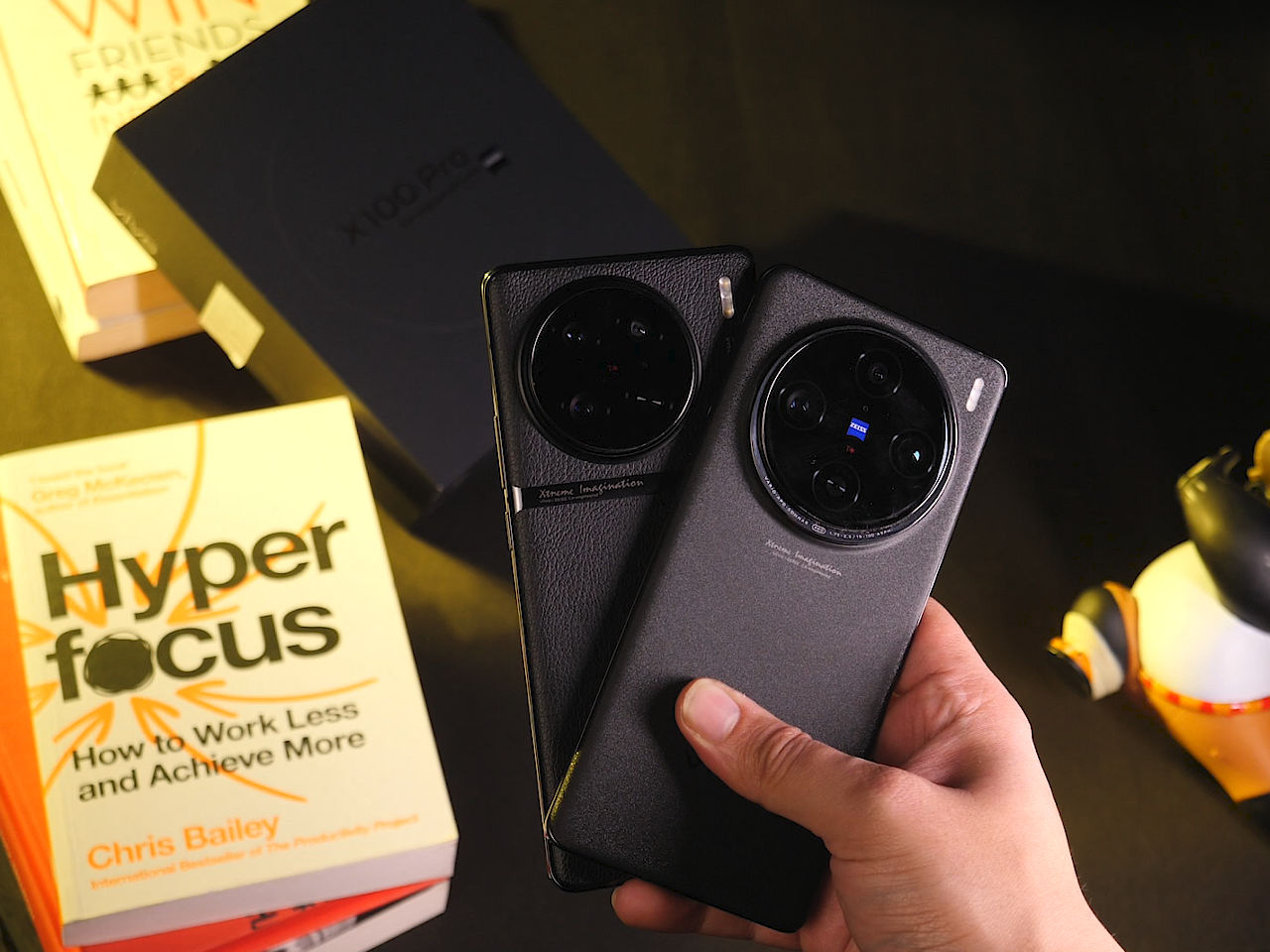
Vivo has, so far, only shared the MOP or maximum operating price of Rs 89,999 with us. If you compare it with the X90 Pro, you’re getting a lot of tiny little increments that make a lot of difference, for the same price. But, if you are planning to upgrade just now, I would say wait it out.
For other flagship users who are bored of the usual suspects, I would say give it a shot. Go to your nearest smartphone showroom, and try out the camera. It will be easy to let go of your inhibitions once you understand the mind-boggling engineering that goes behind this phone which makes using it so much fun.

